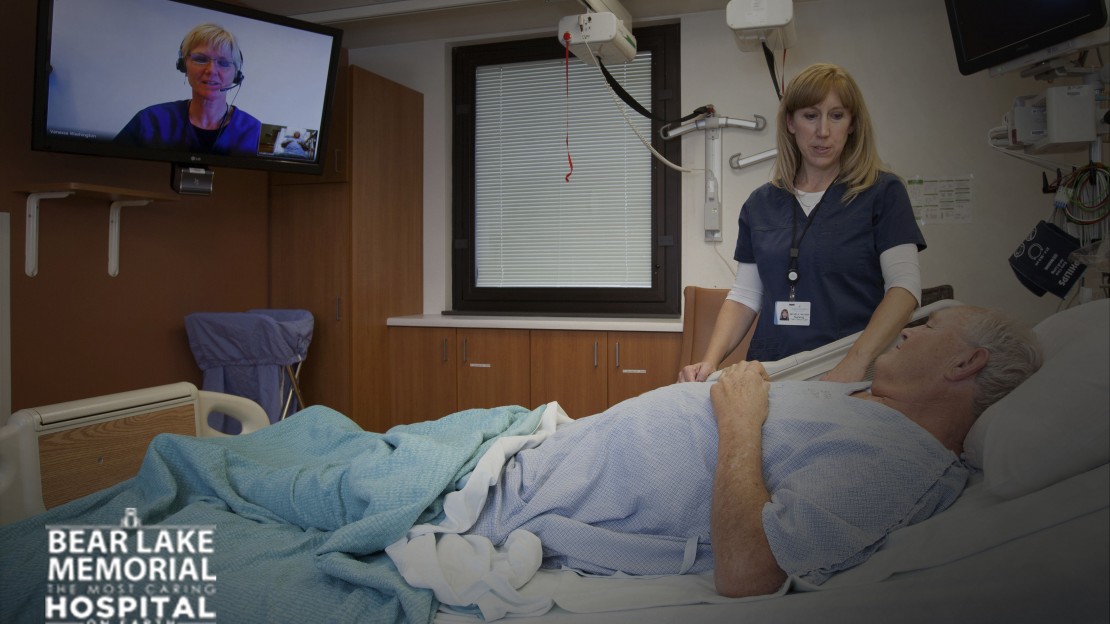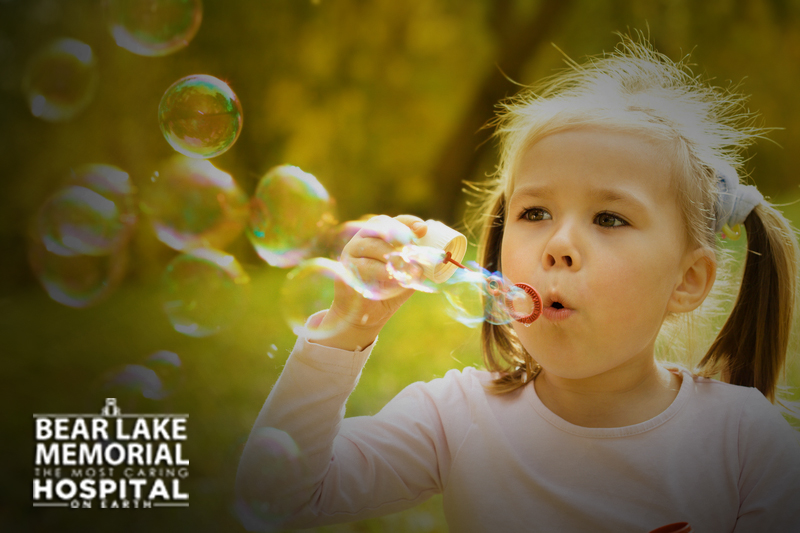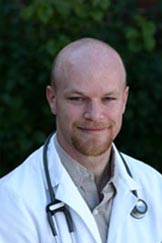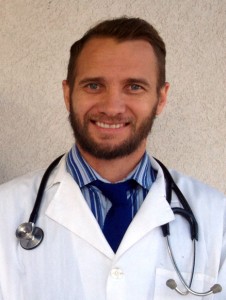
Volunteer for the Health of It!
Donating time or resources benefits both the giver and the receiver. Studies have shown that giving releases similar chemicals to when you eat a great meal or falling in love. Other benefits include: Developing new skills and experiences (especially if you have been out of the workforce for a while), keeps the mind and body active and occupied warding off effects of age, and finally can make you feel wealthier and like you have more time.
No one ever regrets time spent serving others. Though giving often goes unrecognized, those that freely share their talents with others see that being acknowledged and praised isn’t why they do it. Patience and kindness go a long way in helping others. Through serving others, we gain understanding; we concentrate less on our own short comings; and we have more opportunity to grow as individuals. Here are a couple ways you can start:
- Reach out to organizations that interest you. It will be easier to relate to those involved and stay motivated in different projects if you genuinely care about the cause.
- Start out slow! It’s easy to burn out with too much involvement. Attend meetings or groups as an observer first. It’ll be easier to volunteer when you truly understand where the need is and how you can help.


 Presented by Joe Dayton, Physician Assistant
Bear Lake Family Care Clinic
208-847-4495 or
Cokeville Clinic
(307) 279-5852
You’ve got a cough, runny nose, and congestion. Do you have allergies or is it a cold? Sometimes it can be hard to tell because the symptoms of colds and allergies can be very similar. Although cold and allergy symptoms can be much the same, the causes are very different. The information below may be helpful to determine if you are simply fighting a cold or if allergies are your problem.
Colds – Colds are caused by many different viruses. When your body begins to attack the virus, the effects of this immune response are common symptoms of a cold, such as congestion and coughing. You may also develop fever, aches, and pains. Colds are contagious and you can pick them up when an infected person coughs, sneezes, or shakes your hand. Your immune system fights off a cold in a couple of weeks, at the most, and then you should stop having symptoms.
Prevention and treatment of colds: To prevent cold symptoms, try to prevent the cold-causing virus from entering your system. Keep your distance from people who have colds and wash hands often. If you have a cold, cough or sneeze into a tissue or your sleeve, where the germs can dissipate and die, to prevent spreading the virus to other people. There is no cure for a cold, but over-the counter cold medication can be helpful. It is also helpful to rest and get plenty of fluids.
Allergies- Allergies are caused by an overactive immune system. For some unknown reason, your body mistakes particles such as dust or pollen for germs, and then attacks them. Your body releases a chemical known as histamine, which is what happens when you are fighting a cold. This usually causes swelling of nasal passages, coughing, runny nose, and sneezing. Itchy eyes are also a common symptom of allergies, but rarely a symptom of a cold. Allergies do not cause aches and pains as the cold virus usually does. Allergies are not contagious, but some people may inherit a tendency to develop them.
Prevention and Treatment: Try to avoid substances you are allergic to, called allergens. Avoid going outside on days when pollen is high, and re-wearing clothes worn outside. Common allergens include: pollen, mold, animal dander, and dust mites. There is no cure for allergies, but symtpoms can be significantly controlled. Treatment may include the use of over-the-counter allergy meds to prevent symptoms (i.e. Claritin, Zyrtec, Allegra), antihistamines to treat current symptoms, nasal spray steroids, decongestants, and/or allergy shots. Avoid use "Afrin" or "4- way" types nasal sprays as these can actually worsen symptoms when used regularly.
If you tend to get a chronic “cold” that develops suddenly and at the same time each year, you may actually have a seasonal allergy. Usually, a physical examination can determine which condition you have.
Presented by Joe Dayton, Physician Assistant
Bear Lake Family Care Clinic
208-847-4495 or
Cokeville Clinic
(307) 279-5852
You’ve got a cough, runny nose, and congestion. Do you have allergies or is it a cold? Sometimes it can be hard to tell because the symptoms of colds and allergies can be very similar. Although cold and allergy symptoms can be much the same, the causes are very different. The information below may be helpful to determine if you are simply fighting a cold or if allergies are your problem.
Colds – Colds are caused by many different viruses. When your body begins to attack the virus, the effects of this immune response are common symptoms of a cold, such as congestion and coughing. You may also develop fever, aches, and pains. Colds are contagious and you can pick them up when an infected person coughs, sneezes, or shakes your hand. Your immune system fights off a cold in a couple of weeks, at the most, and then you should stop having symptoms.
Prevention and treatment of colds: To prevent cold symptoms, try to prevent the cold-causing virus from entering your system. Keep your distance from people who have colds and wash hands often. If you have a cold, cough or sneeze into a tissue or your sleeve, where the germs can dissipate and die, to prevent spreading the virus to other people. There is no cure for a cold, but over-the counter cold medication can be helpful. It is also helpful to rest and get plenty of fluids.
Allergies- Allergies are caused by an overactive immune system. For some unknown reason, your body mistakes particles such as dust or pollen for germs, and then attacks them. Your body releases a chemical known as histamine, which is what happens when you are fighting a cold. This usually causes swelling of nasal passages, coughing, runny nose, and sneezing. Itchy eyes are also a common symptom of allergies, but rarely a symptom of a cold. Allergies do not cause aches and pains as the cold virus usually does. Allergies are not contagious, but some people may inherit a tendency to develop them.
Prevention and Treatment: Try to avoid substances you are allergic to, called allergens. Avoid going outside on days when pollen is high, and re-wearing clothes worn outside. Common allergens include: pollen, mold, animal dander, and dust mites. There is no cure for allergies, but symtpoms can be significantly controlled. Treatment may include the use of over-the-counter allergy meds to prevent symptoms (i.e. Claritin, Zyrtec, Allegra), antihistamines to treat current symptoms, nasal spray steroids, decongestants, and/or allergy shots. Avoid use "Afrin" or "4- way" types nasal sprays as these can actually worsen symptoms when used regularly.
If you tend to get a chronic “cold” that develops suddenly and at the same time each year, you may actually have a seasonal allergy. Usually, a physical examination can determine which condition you have.

 Presented by Dr. Peter Crane,
Presented by Dr. Peter Crane, 
 Bear Lake Memorial Hospital in launching a new service by contracting with Intermountain Healthcare to provide an extra level of support to critically ill patients in BLMH’s Intensive Care Units. With the implementation of TeleHealth Technology, a secure interactive audio and video system, critical care patients and their caregivers now have 24/7 support from the Critical Care TeleHealth Center located at Intermountain’s Supply Chain Center in Midvale, Utah.
Experienced critical care doctors and nurses serve as a second set of eyes, supporting local physicians and nurses to proactively round on, and monitor the vital signs and data of, critically ill patients. This program also allows BLMH’s staff to consult with critical care specialists through cameras and audio links in both ICU rooms, 24 hours a day, 7 days a week.
Dr. Bill Beninati, the Medical Director of Intermountain’s Critical Care TeleHealth Program states, “We work directly with the bedside medical team to determine the appropriate course of action for each patient, serve as real-time clinical decision support, ensure best practices and consistency of care in a high-stress environment, and provide a safety net for bedside staff and patients. If a patient needs to be transferred, we’ll work with your doctors and nurses to help prepare the patient for the smoothest transfer possible.”
This service has been implemented in other rural hospitals and will add no additional costs to those being cared for in the hospital’s ICUs. TeleHealth will help avoid the inconvenience and high costs of emergency transfers while providing direct access to the big-city specialists.
BLMH CEO Rod Jacobson adds, “We want the community to know we are capable of caring for them and their loved ones at all levels and I feel the new service will increase our abilities to be the Most Caring Hospital on Earth.”
The TeleHealth system is set to go live on Thursday, June 2, 2016. The first post-surgery ICU patient is scheduled for mid-June. Bear Lake Memorial Hospital and its staff are looking forward to utilizing this critical care service for all of their ICU patients.
Bear Lake Memorial Hospital in launching a new service by contracting with Intermountain Healthcare to provide an extra level of support to critically ill patients in BLMH’s Intensive Care Units. With the implementation of TeleHealth Technology, a secure interactive audio and video system, critical care patients and their caregivers now have 24/7 support from the Critical Care TeleHealth Center located at Intermountain’s Supply Chain Center in Midvale, Utah.
Experienced critical care doctors and nurses serve as a second set of eyes, supporting local physicians and nurses to proactively round on, and monitor the vital signs and data of, critically ill patients. This program also allows BLMH’s staff to consult with critical care specialists through cameras and audio links in both ICU rooms, 24 hours a day, 7 days a week.
Dr. Bill Beninati, the Medical Director of Intermountain’s Critical Care TeleHealth Program states, “We work directly with the bedside medical team to determine the appropriate course of action for each patient, serve as real-time clinical decision support, ensure best practices and consistency of care in a high-stress environment, and provide a safety net for bedside staff and patients. If a patient needs to be transferred, we’ll work with your doctors and nurses to help prepare the patient for the smoothest transfer possible.”
This service has been implemented in other rural hospitals and will add no additional costs to those being cared for in the hospital’s ICUs. TeleHealth will help avoid the inconvenience and high costs of emergency transfers while providing direct access to the big-city specialists.
BLMH CEO Rod Jacobson adds, “We want the community to know we are capable of caring for them and their loved ones at all levels and I feel the new service will increase our abilities to be the Most Caring Hospital on Earth.”
The TeleHealth system is set to go live on Thursday, June 2, 2016. The first post-surgery ICU patient is scheduled for mid-June. Bear Lake Memorial Hospital and its staff are looking forward to utilizing this critical care service for all of their ICU patients.




